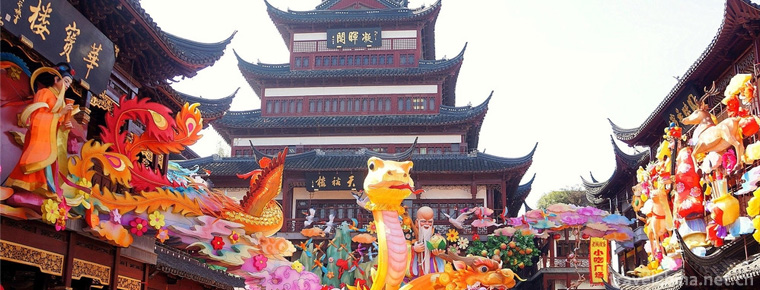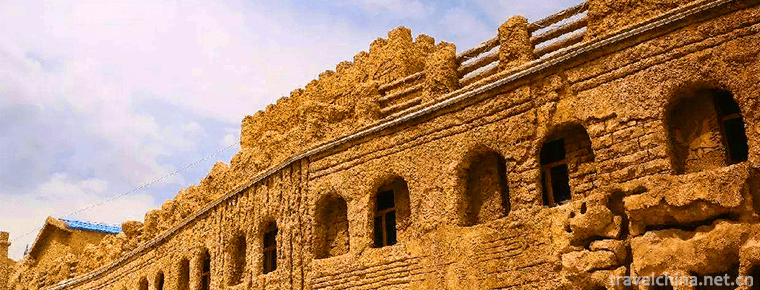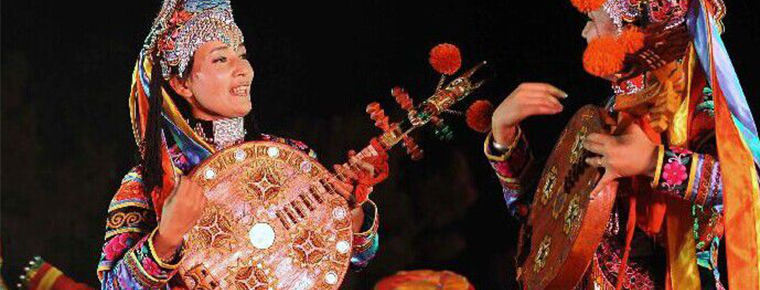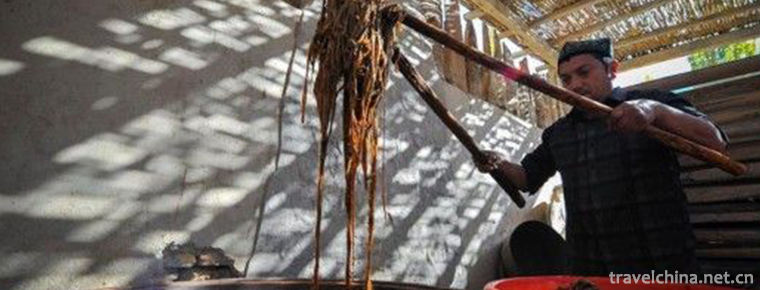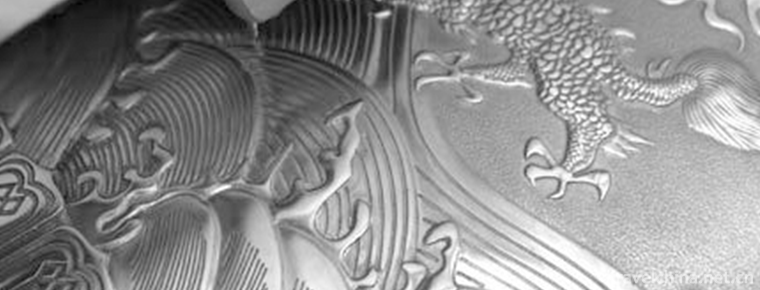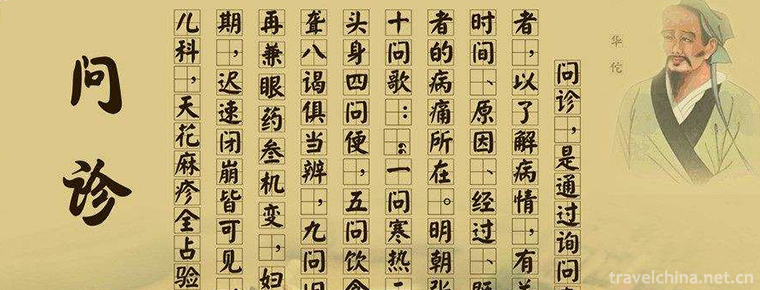Li Nationalitys Wood Drilling and Fire making Techniques
Li Nationalitys Wood Drilling and Fire making Techniques
Li people's wood-drilling and fire-making skills, Hainan Province's local traditional handicraft, one of the national intangible cultural heritage.
When the technique is used to make fire, the drill rod is inserted into a small hole with the foot on the drill fire board, and the drill rod is rubbed by both hands, so that the mechanical energy can be turned into heat energy to generate Mars, which falls down along the trough and ignites the ignition. When the igniter smokes, the air is blown quickly to assist the ignition, which leads to the fire.
In 2006, the technology of drilling wood and making fire of Li nationality was approved by the State Council and listed in the first batch of national intangible cultural heritage list, number: _-87.
historical origin
According to historical records, about 3000 years ago during the Shang and Zhou Dynasties, the ancestors of the Li Nationality had settled in Hainan Island. Until the Ming Dynasty, the Li Nationality was still distributed throughout the island. During the Song, Yuan, Ming and Qing dynasties, with a large number of Han people from the mainland migrating to Hainan, the phenomenon of ethnic assimilation and migration in the island became more and more serious. A small number of Li people from the northern part of the island moved southward, most of them assimilated into the Han people. Today, Li people mainly live in the central and southern part of Hainan Island. It is in this hot soil of Hainan Island that the Li people have experienced a long history of accumulation and gradually formed their own unique culture. It is in this unique culture that the ancient skill of drilling wood and making fire has been spread to this day.
Lizu's wood-drilling and fire-making skills are mainly preserved in Sanya, Wuzhishan, Dongfang and other cities in the south-central part of Hainan Island, as well as Li's agglomeration areas in Qiongzhong, Baoting, Lingshui, Ledong, Changjiang and Baisha counties.
Process characteristics
producer
Lizu's wood-drilling and fire-making is one of all kinds of artificial fire-making techniques in ancient times, which has distinct regional characteristics. According to the production custom of Li nationality, the ignition of pottery must be carried out in the way of "drilling wood to make fire". Because it takes a lot of endurance to drill a wooden pole out of Mars, women can't do it, and weak old men can't do it.
Skill
In order to make the invisible Mars become a vigorous flame, one must have a medium, that is, to ignite it with flammable corduroy, banana root fiber, kapok and so on, and to lose the opportunity of oxygen transfusion, in order to achieve the purpose of fire.
Technological process
Lizu wood-drilling and fire-making tools are composed of fire-drilling board and drill pipe (or bow wood). The fire drill board is cut with soft numbness, generally 35 cm long, 7-10 cm wide and 3-5 cm thick. On one side of the fire drill board, a number of small holes are dug, and the bottom of the holes is a flowing ash trough, from which Mars falls. Drill pipe (or bow) is 50-60 cm long, made of hard miscellaneous wood, 3-5 cm in diameter, with a slightly pointed lower end, such as a cone. In addition, corduroy, banana root fiber, kapok and so on are used as ignition materials. When the fire is started, the drill pipe is inserted into a small hole with the foot on the drill fire board, and the drill fire rod or bow is rubbed by both hands, so that the mechanical energy can be converted into heat energy, resulting in Mars. Mars fell down the trough and ignited the ignition. When the igniter smokes, it is quickly picked up and blown for combustion, which leads to fire.
Inheritance and protection
Inheritance value
Lizu's drilling wood for fire has archaeological and historical value. As a cultural relic, the drill board, the drill rod or the bow wood can not speak. It is a kind of dead fossil. It is difficult to explain the process of drilling wood to make fire by these data alone. This can only be helped by the relevant ethnological materials as "living fossils".
Inheritance status
Nowadays, the necessity of drilling wood to make fire has long ceased to exist. There are not many people who know this skill. These old folk artists still have the method of drilling wood to make fire, and they need to take measures to rescue and protect it urgently.
Inheriting characters
Wang Zhaoliang, male. In May 2018, he was selected as the representative successor of the fifth batch of national intangible cultural heritage projects and declared by Baoting Li and Miao Autonomous County, Hainan Province. Project Name: Lizu wood drilling and fire technology.
protective measures
In May 2018, the Campus Tour of the intangible cultural heritage of Hainan Province was held in Baoting Middle School. The students of Baoting Middle School in Baoting Li and Miao Autonomous County learned the skills of drilling wood and making fire.
social influence
Important exhibition
In June 2015, Baoting held a "Baoting Li and Miao Autonomous County intangible cultural heritage exhibition activity" in the Penang Valley scenic spot, in which the Li people's wood drilling and fire-making skills were displayed.
In October 2015, Baoting held a "Tour Exhibition of Traditional Techniques of Non-material Cultural Heritage" in Yanoda Scenic Area, in which the drilling and fire-making skills of Li nationality were displayed.
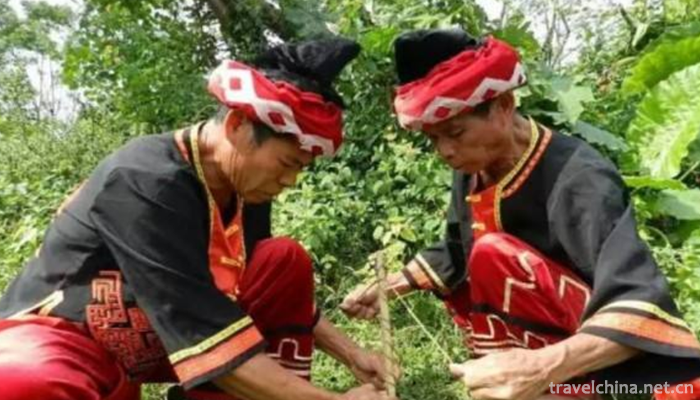

Li Nationalitys Wood Drilling and Fire making Techniques
-
Town God TempleChenghuang Temple
Located in Shanghai's Huangpu District Fang Bang Road
Views: 173 Time 2018-10-12 -
Beiting Old City Site
The site of Beiting Old Town is the ruins of Beiting Mufu in Tang Dynasty. It is located 12 kilometers north of Jimusar County Town in Xinjiang Uygur Autonomous Region. In ancient times
Views: 162 Time 2018-12-26 -
Ziweidong Scenic Area
Seeing the pronoun of the first reaction of "purple cave" to "immortal" cultivation and residence, we often enchase that fairyland dream on this name.
Views: 157 Time 2019-03-22 -
Cham
The Yi epic, recorded in the old Yi language and widely circulated, describes the origin of all things in the Yi legend. The Yi people call it a "search" to describe the origin of a thing be
Views: 170 Time 2019-04-15 -
Traditional Sugar making Techniques
In the memory of many Wenzhou people, when they were young, they were short of doctors and medicines, but the old people had many earthen prescriptions which were very useful.
Views: 137 Time 2019-04-21 -
Uygur Mulberry Paper Making Skills
Uygur mulberry paper takes mulberry branch endothelium as raw material, mulberry branch endothelium is sticky, smooth and delicate, easy to process, after exploitation, soaking, pot boiling, pounding,
Views: 148 Time 2019-06-28 -
Tin carving
Tin sculpture, the traditional Chinese sculpture art, is a unique craft in China and even in the world. It has a history of more than 300 years. The craft has a long history and has a long history. In
Views: 350 Time 2019-07-01 -
Yongkang Drum Ci
Yongkang Drum Ci is a rap art in Yongkang area of Zhejiang Province. It belongs to the form of singing and talking, which is mainly composed of singing. Because of the use of local dialect performance
Views: 317 Time 2019-07-14 -
Diagnosis of Traditional Chinese Medicine
Diagnosis of traditional Chinese medicine, one of the traditional Chinese medicine, is declared by the Chinese Academy of Traditional Chinese Medicine, one of the national intangible cultural heritage
Views: 343 Time 2019-08-10 -
Jinhua Alsophila Nature Reserve
Jinhua Alsophila spinulosa nature reserve is a provincial nature reserve approved by Sichuan Provincial People's Government in 1987. In sifangjinggou, Jinhua Township, 48 kilometers southwest of Rongxian City
Views: 170 Time 2020-10-15 -
Zhuokeji chieftains official village
Zhuokeji chieftain's village is located in xisuo village, zhuokeji Town, 7 km away from malkang county. The village was built in 1718 in the reign of Emperor Qianlong of the Qing Dynasty. It was a four story blockhouse. It was destroyed in the fire in 1936. From 1938 to 1940, the Tusi Suo Guanying organized human resources to rebuild it.
Views: 313 Time 2020-11-07 -
Neijiang medical and health
By the end of 2019, there are 3303 medical and health institutions in Neijiang, including 76 hospitals (56 private hospitals) and 3200 primary medical and health institutions. There are 25900 beds in medical and health institutions and 21100 health technical personnel,
Views: 348 Time 2020-12-16
